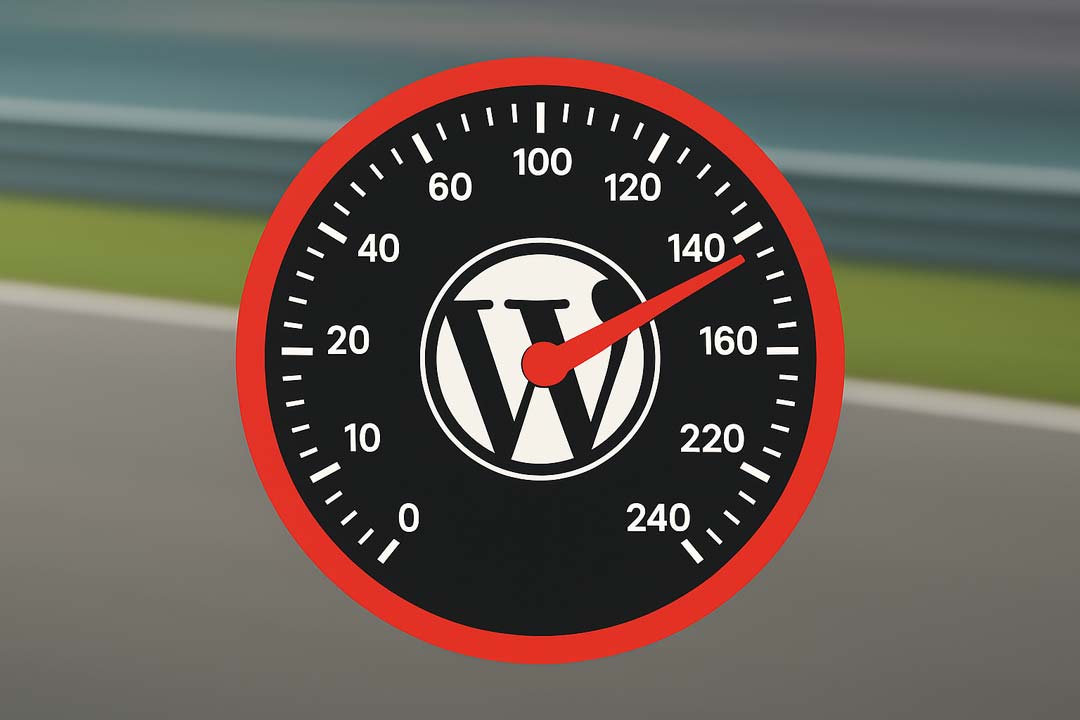SEND US A MESSAGE
CONTACT INFORMATION

We provide unlimited support for our customers. We try to reply for all your messages as soon as possible!

WordPress powers over 40% of the internet, but its flexibility comes at a cost: site speed. Slow-loading pages frustrate users, hurt SEO, and reduce conversions. Today, Google uses Core Web Vitals – Largest Contentful Paint (LCP), Interaction to Next Paint (INP), and Cumulative Layout Shift (CLS) to measure real-world speed. Failing these metrics means ranking penalties and lost revenue.
This guide takes you step by step through modern WordPress website speed optimization: from hosting and caching to image compression, database cleanup, and Core Web Vitals compliance. By the end, you’ll have a clear blueprint to speed up your site, delight your users, and improve your search rankings.
Your host is the foundation of performance. Shared hosting often means noisy neighbors and slow Time to First Byte (TTFB). Instead, consider:
Always test your TTFB using tools like PageSpeed Insights or WebPageTest. Hosting accounts for up to 40% of page performance.
Heavy WordPress themes with sliders, animations, and bloated CSS/JS hurt Core Web Vitals. Instead:
Your theme should deliver clean code and minimal DOM size. The lighter the base, the easier future optimizations will be.
Images remain the #1 source of bloat. In 2025, the best practices are:
loading=lazy for offscreen images.Plugins like Smush PRO, Optimole, or ShortPixel handle compression, resizing, and WebP delivery automatically. With proper image optimization, you can shave seconds off load time without sacrificing quality.
Over time, WordPress databases accumulate clutter: revisions, spam comments, transients, and unused options. This bloats autoloaded data and slows queries. To clean up:
A lean database not only speeds up queries but also reduces backup size and improves scalability.
Bloated JavaScript is now the #1 cause of poor INP scores. To optimize:
Well-optimized JS and CSS improves LCP and keeps INP under Google’s recommended threshold of 200ms.
Caching cuts server response time, while edge delivery ensures fast global performance.
Trackbacks and Pingbacks are outdated features that slow servers with unnecessary requests. Disable them under Settings → Discussion to free resources.
Optimization is ongoing. Use:
Regular audits ensure you stay compliant with evolving Core Web Vitals.
By following these steps, your WordPress site can achieve fast load times, pass Core Web Vitals, and rank higher in Google search results.
Join our Membership Club
No account yet?
Create an Account